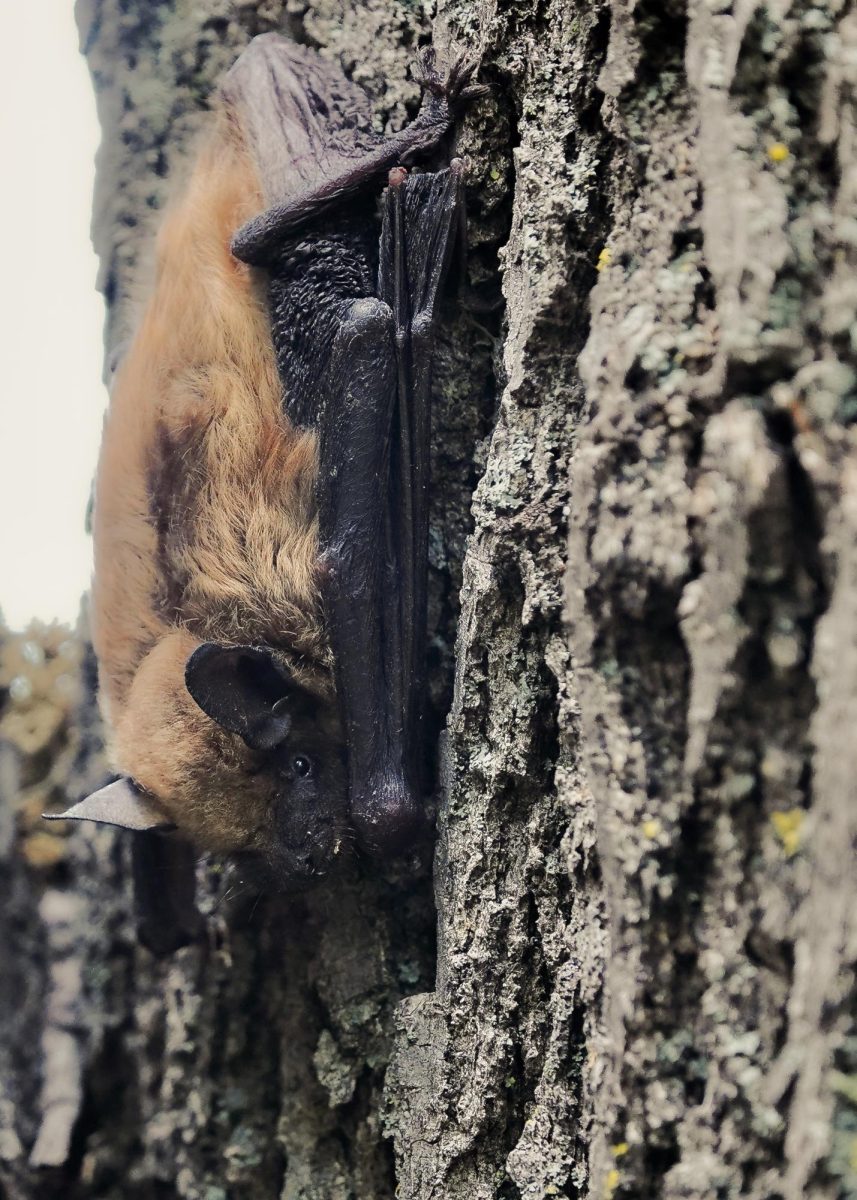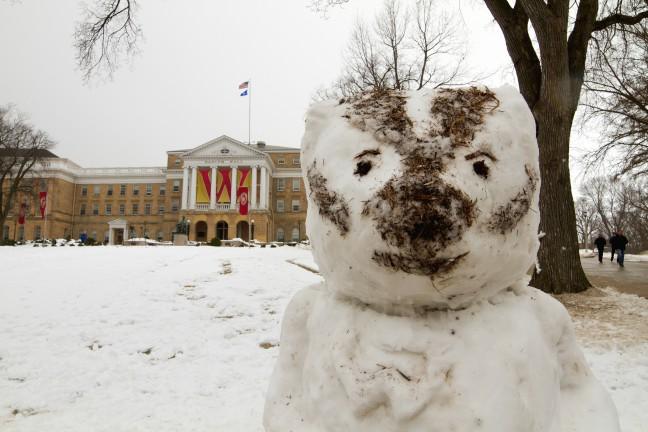University of Wisconsin Assistant Professor of Psychology Nick Buttrick recently published a paper outlining the psychology and patterns of gun ownership in the U.S., with a historical perspective.
The study observed a large correlation between regions of the U.S. with the largest population of freed slaves after the Civil War and regions with the highest gun ownership rates. According to Buttrick, this pattern likely originated because Southern farmers were prepared to retaliate against freed slaves and protect their masculinity.
“We show that the historical prevalence of enslavement in a county predicts present-day frequency of firearms, and we show that the relationship between feeling unsafe and county-level firearms ownership is stronger in counties with a history of enslavement. Looking outside the South, we further show that social connection to historically slaveholding counties predicts firearm ownership,” the paper’s significance statement reads.
Prior to the Civil War, guns were largely artisanal and not reliable or accurate until the industrialization of firearms began, Buttrick said. At the end of the Civil War, American society was the most heavily armed in the world. The South had been destroyed and the country was being reconstructed in a way that gave some power to the freed slaves, according to Buttrick.
Farmer elites in the South felt the need to protect themselves from a new democracy, which led to the heavy arming of southern households, Buttrick said.
UW Psychology professor and executive director of Institute for Diversity Science Markus Brauer said the shift in power following the Civil War led to a shift in behavior. When the white elite in the South remained in power post-war, there was a shift in behavior — they stocked up on firearms in the wake of the war’s gun production.
Attitudes towards guns in the South have prevailed more than 150 years later. According to Buttrick, the cultural and political residue of the Reconstruction era was not only rooted in the South.
“Cultural transmission is potentially in play,” Buttrick said.
To understand the social transmission of attitudes, Buttrick’s study employed proxy measures to understand the movement of Southern families. According to Buttrick, they used Facebook to identify where these attitudes may have spread geographically. By tracking these familial ties, researchers dissected how these attitudes spread and where sentiments were most concentrated.
The study began with analyzing why people own guns from a psychological point of view.
For some individuals, the driving reason for owning a firearm originates from a belief that the world is dangerous and institutions are unwilling or unable to protect them, Buttrick said. A sentiment that guns are protective addresses fundamental psychological needs, however, it also has its costs.
The idea that the world is dangerous and one must protect oneself makes an individual more vigilant to non-existent threats, according to Buttrick. But, gun ownership makes homes less safe, as it doubles the likelihood of someone in the household dying by violent homocide and triples the likelihood of a death occuring by violent suicide, despite offering little protection against outside threats, according to the study.
Some forms of systemic inequities maintain hierarchies through shifts in behavior that resemble the sentiment of the Reconstruction era, according to Brauer. This keeps certain disadvantaged groups in a position of low power and prestige.
Social comparison is a psychological concept that explains how in-group and out-group perceptions form, Brauer said. People tend to compare social groups and over-value an aspect of the group where they specifically have an advantage.
Individuals will perceive some aspect of themselves or their social dynamics as having an advantage and use this to maintain disparities, according to Brauer. All this builds into the study of implicit bias.
Implicit bias is a mental representation of the social environment of a person which produces unintentional and automatic evaluations, according to Brauer. In several cases, the most immediate and recent environment has the largest influence on an individual’s bias, however, childhood experiences and environment also play a large part in this.
Transition to clean energy requires changes on systemic, individual levels
The significance of this research lies in the unique approach that the United States has in regulating the use, ownership and accessibility of firearms. In comparison to most other nations, the U.S. has a deeply rooted gun culture that has shaped the nation’s history, politics and society, according to Buttrick.
“No one else has the same gun legislation,” Buttrick said.
The study also provides valuable insights into the country’s historical origins, the constitutional right to bear arms, the influence of interest groups like the National Rifle Association and the ongoing discussions about the balance between individual freedoms and public safety, Buttrick said.
By studying the multifaceted aspects of gun culture, researchers can contribute to a more informed and nuanced understanding of the complex dynamics that shape American society and its approach to firearms.
“Once you understand, we can come together to try and mitigate some of the products of the culture,” Buttrick said.
Future research will look more closely at strategies to educate gun owners and prospective owners, Buttrick said. This education will focus on taking measures to ensure the proper storage of firearms and understanding why this storage is important.
Future research will also investigate the purpose of having access to more lethal weapons such as assault rifles. It is clear that understanding the socio-psychological origins of gun ownership is vital to assessing the unique gun culture in America, according to Buttrick.













